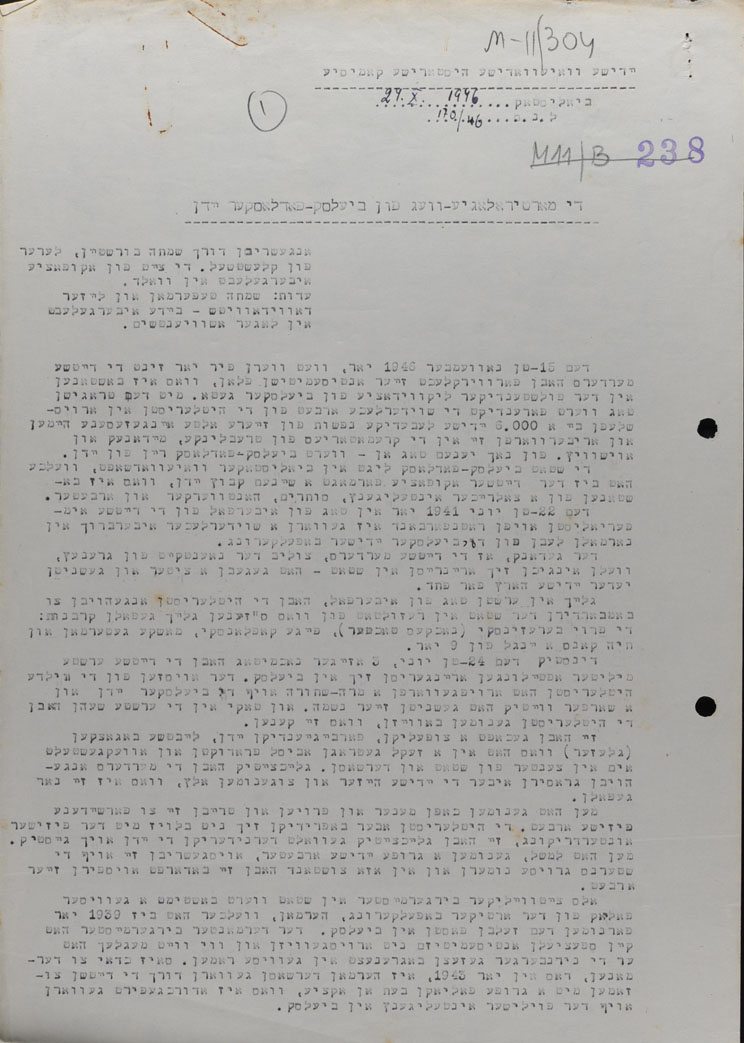

 Written by Simcha Burstein, teacher from
Kleschchel.
Written by Simcha Burstein, teacher from
Kleschchel. Updated August 8,
2023
Copyright
© 2023 Andrew Blumberg
JewishGen Home Page | KehilaLinks Directory
This site is hosted at no cost by JewishGen, Inc., the Home of Jewish Genealogy. If you have been aided in your research by this site and wish to further our mission of preserving our history for future generations, your JewishGen-erosity is greatly appreciated.